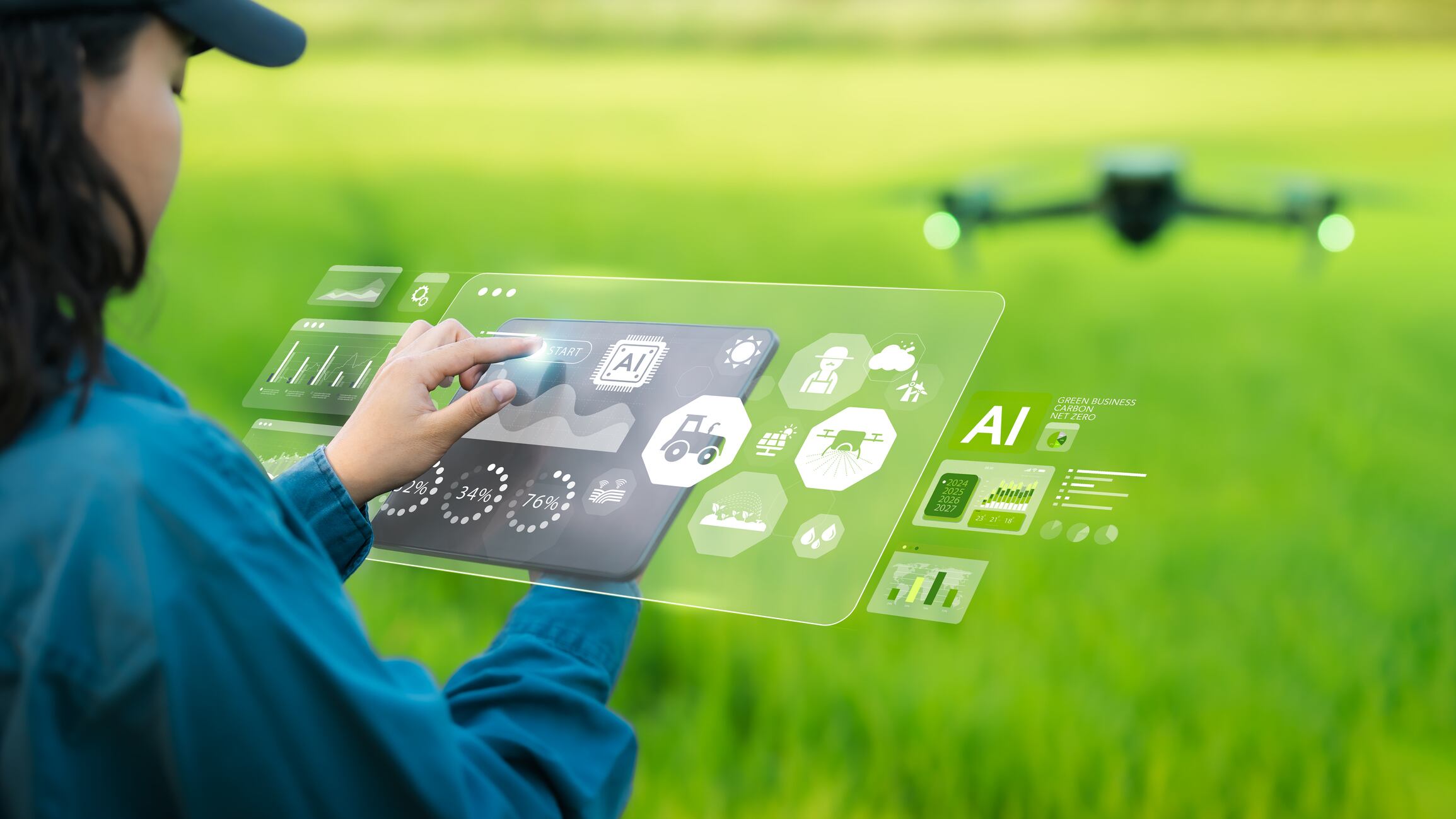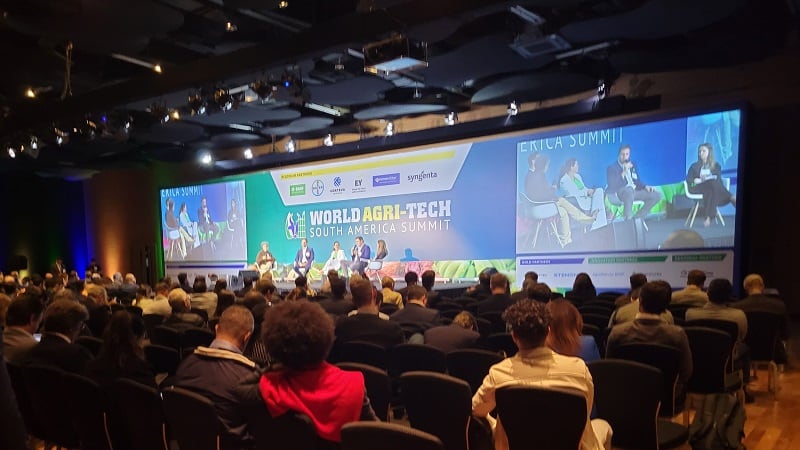Asia’s agriculture and agtech landscape has evolved rapidly, with openness to innovation even among smallholder farmers, yet word on the ground is that adoption is slow.
When it comes to gaining farmer trust and support, developers need to be with farmers from the start of the journey, said Dr KRK Reddy, founder and director of Sri BioAesthetics, an Indian maker of bio-based agricultural products and solutions.
“We need to engage the farmer right from the beginning — starting with the seed. The seed is the foundation, the most basic unit of agriculture... That’s why we must engage the farmer at every stage, starting with the seed, then the soil, and then protecting the plant to improve productivity. From the very beginning, including soil preparation, we need to be with the farmer throughout the season — from sowing to harvest. That’s the kind of engagement farmers need.”
XAG, one of China’s leading agricultural drone makers, believes that unless new technology and solutions offers farmers a clear and measurable return, there is little reason for them to adopt it.
“Instead of asking who’s bearing the cost, we can ask another question — why are they buying this equipment? The biggest question we ask ourselves is: how long before the farmer can pay off this new technology? For instance, with the drone, we have to make sure the farmer can pay off the drone in one year or one growing season. That’s the key,” said Justin Gong, senior vice president and co-founder of XAG.
“If the drone can replace the labour or help farmers increase their productivity, the cost is reduced, not increased. So, all the products we produce, all the technology we release into the market, have to follow this principle.”
The question of cost
Farmer adoption often stalls right on the outset due to the high-upfront costs something XAG factored into its business strategy.
Around a decade ago, agricultural drone maker XAG offered drone-powered crop spraying as a service rather than selling equipment outright.
By matching the rates of traditional tractors and manual labour, the company aimed to deliver more timely, cost-effective, and precise spraying solutions to farmers.
“After two years, all the farmers started trusting the drone technology and they even start buying it. And by that time, the price of the drone also dropped,” said Gong.
Similarly, in the biologicals sector, increased usage is expected to lower production costs, making these solutions more financially accessible to farmers over time.
“Right now, biologicals may seem more expensive. But once adoption reaches even two to three percent, manufacturing volumes will go up — and costs will come down. In Brazil, more than 50% of farms already use biologicals, while in many other countries, we’re still far behind.”
Reddy believes a way to bring cost down was to localise production.
“All of these [biologicals] should be locally produced so they are accessible to farmers — both in terms of logistics and cost. A single organisation may not be sufficient to manufacture and deliver the product all the way to the grassroots level.”
Reddy and Gong were speaking to AgTechNavigator as part of its latest webinar on farmer adoption alongside panelists from Barclays, UK Agri-Tech Centre, Woodend Farming Partnership, and Harper Adams University.
Hosted by AgTechNavigator editor Oliver Morrison, the webinar is now available on-demand here.





